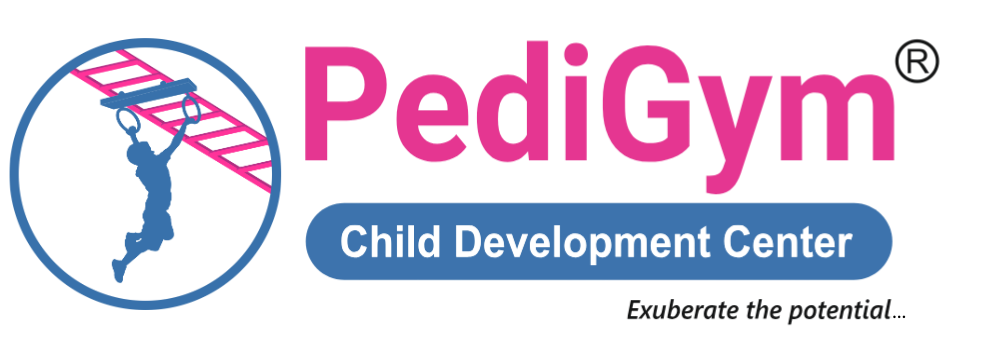ERB’s Palsy Program
Our ERB’s Palsy Program supports children in regaining arm strength, movement, and confidence through gentle, caring therapy.


What is ERB’s Palsy?
ERB’s Palsy is a nerve injury affecting the shoulder and arm, often seen in infants after birth trauma. It results from damage to the brachial plexus the network of nerves controlling arm and hand movement.
Our program focuses on early diagnosis and customized therapy to restore muscle function, prevent stiffness, and promote recovery.
Why Erb’s Palsy Matters?
Early therapy helps children regain strength, movement, and confidence for better growth and daily independence.

Affects Arm Movement
Erb’s Palsy can cause weakness or loss of motion in the arm, making daily tasks difficult.

Impacts Child’s Development
Limited movement can delay milestones like crawling or grasping objects.

May Require Long-Term Therapy
Regular physiotherapy and care are often needed to improve strength and flexibility.

Early Treatment Helps Recovery
Starting treatment early can greatly increase the chances of regaining movement.

Raises Awareness About Safe Delivery
Understanding Erb’s Palsy encourages safer birthing practices and early diagnosis.
Who Can Benefit?
Children with Erb’s Palsy who face weakness or limited arm movement can benefit from early therapy and guided care.
Infants with Birth Injuries
Babies who experience shoulder or nerve injury during birth.
Children with Limited Arm Movement
Kids showing stiffness or reduced flexibility in one arm.
Children with Delayed Motor Skills
Those struggling with reaching, holding, or lifting objects.
4. Children Recovering from Nerve Damage
Kids needing rehabilitation to regain strength and coordination.
Erb's Palsy Treatment
Our specialized therapy programs are designed to restore strength, flexibility, and coordination for children with Erb’s Palsy.
Therapists use gentle stretching, strengthening, and movement-based exercises to restore shoulder and arm mobility.
Focuses on improving hand function, grip, and daily living skills. Through engaging, play-based activities, children learn to use their affected arm effectively.
A safe and effective method to activate weak muscles and promote nerve recovery.
Erb’s Palsy is a condition that affects the nerves in a baby’s shoulder, usually during birth. It can cause weakness or limited movement in the arm.
Frequently Asked Questions
Erb’s Palsy is a condition that affects the nerves in a baby’s shoulder, usually during birth. It can cause weakness or limited movement in the arm.
Yes, early therapy can help improve arm strength, flexibility, and movement. With regular sessions, many children recover good function over time.
It’s best to start as early as possible. Early intervention gives better results and helps prevent stiffness or permanent weakness.
The duration varies for each child. Some may improve in a few months, while others may need long-term therapy depending on the severity.
Parents can follow simple exercises and stretching routines guided by the therapist. Daily practice at home helps children recover faster and stay active.
